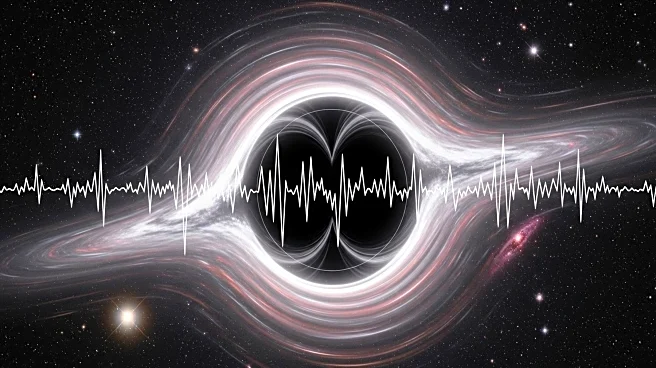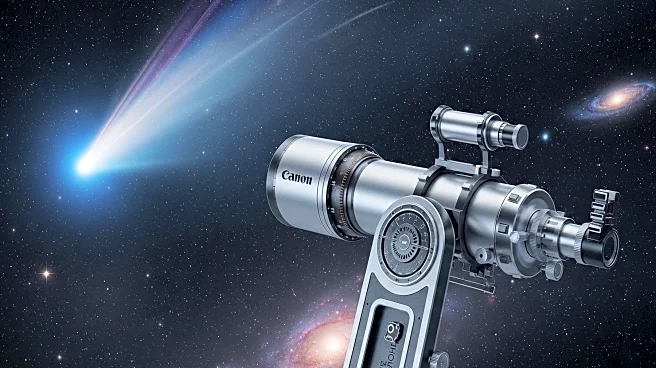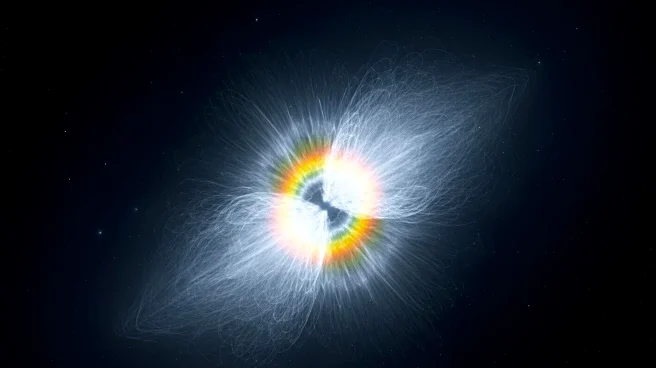What's Happening?
NASA scientists have developed a new technique called the 'StarryStarryProcess' to study stellar 'spottiness' using exoplanet transits. This method builds on the transit technique used by missions like TESS and Kepler to detect exoplanets. By analyzing the light curves of stars as planets transit their faces, researchers can identify starspots, akin to sunspots, which affect the star's brightness. This approach helps determine the star's activity level, tilt, and the orbit angle of the transiting planet. The technique was tested on the exoplanet TOI 3884 b, revealing starspots concentrated at the star's north pole.
Why It's Important?
Understanding starspots is crucial for accurately interpreting data from exoplanet transits, which can reveal details about the planet's atmosphere and potential habitability. The StarryStarryProcess enhances the ability to distinguish between signals from stars and planets, improving the accuracy of exoplanet studies. This advancement could lead to more precise measurements of planetary characteristics, aiding in the search for habitable worlds. Additionally, the technique provides insights into stellar activity, which is important for predicting solar phenomena and understanding the dynamics of planetary systems.
What's Next?
The StarryStarryProcess is expected to be used with upcoming missions like NASA's Pandora satellite, which will observe exoplanets in multiple wavelengths. This will allow scientists to apply the technique to a broader range of data, potentially uncovering new details about starspots and planetary atmospheres. As the method is refined, it may be integrated into the analysis of data from other telescopes, including the James Webb Space Telescope, expanding its applicability and impact on exoplanet research.











